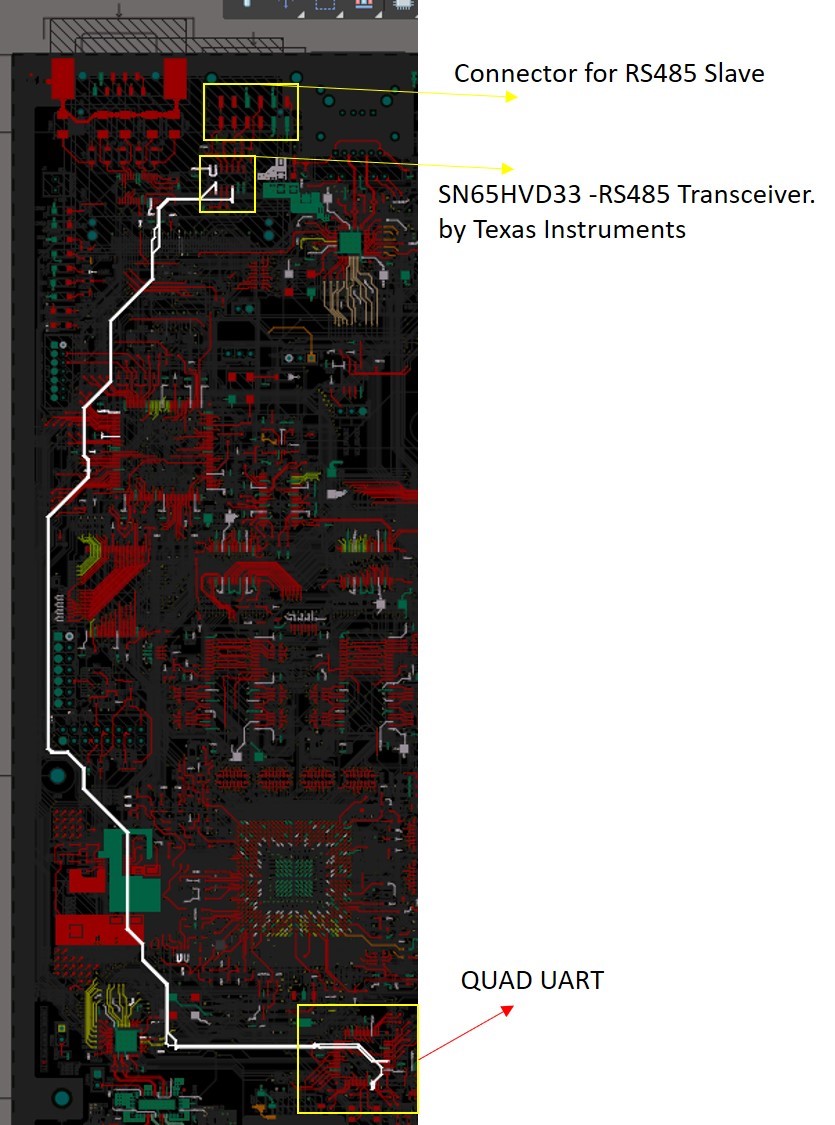Hello TI,
I am using a TL16CP754CI part in my design for RS485 communciation.
The observation is that the part which is on board i.e., "84AG1DN – TL16CP754CI" is highly sensitive to the temperature change caused by radiated heat of surrounding components. around it. The communication is lost if i apply some heat over it using a hot air gun and once the gun is removed the communication starts up again.
Kindly suggest on if this is faulty date code part or guide further.
Do we have any errata document for the same??
PS.
Other parts with PN# "0BAF5W - TL16CP754CI" are working perfectly fine with the same arrangement.
Thank you.




